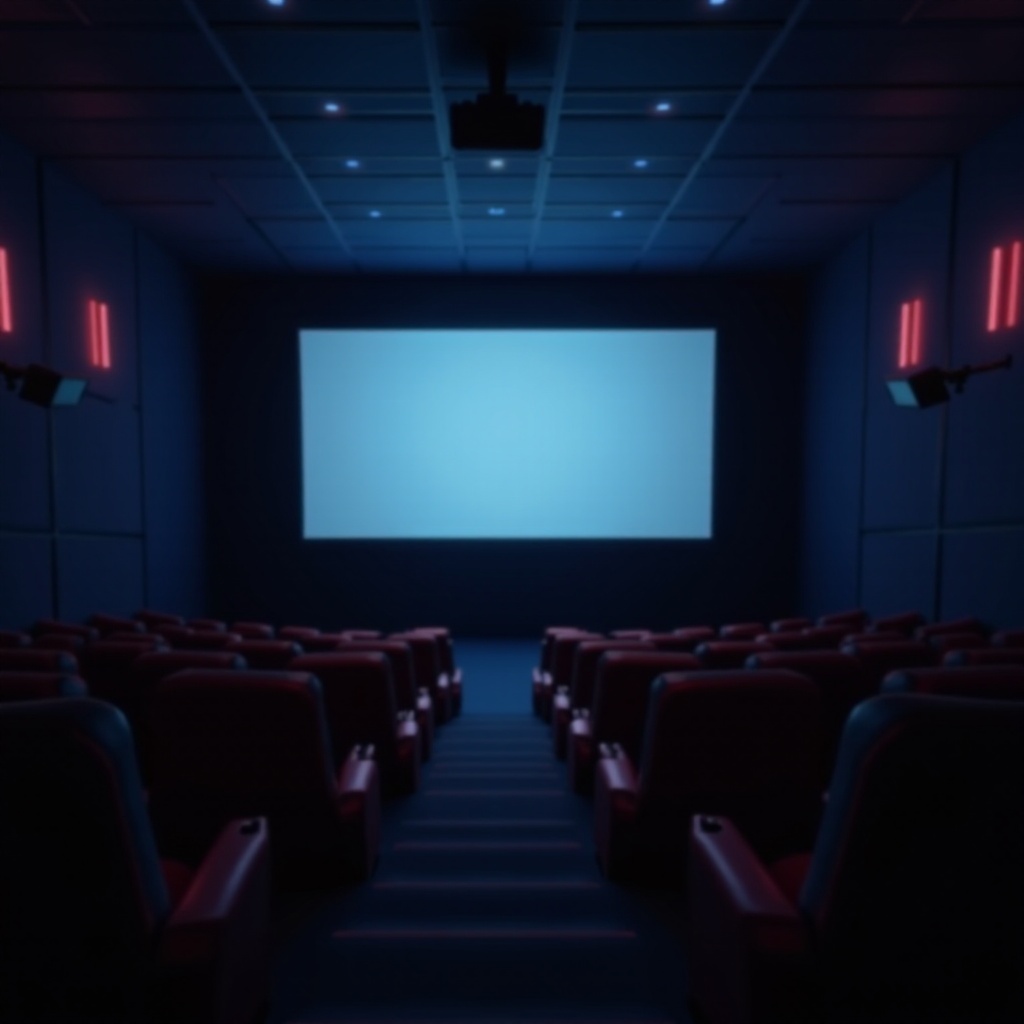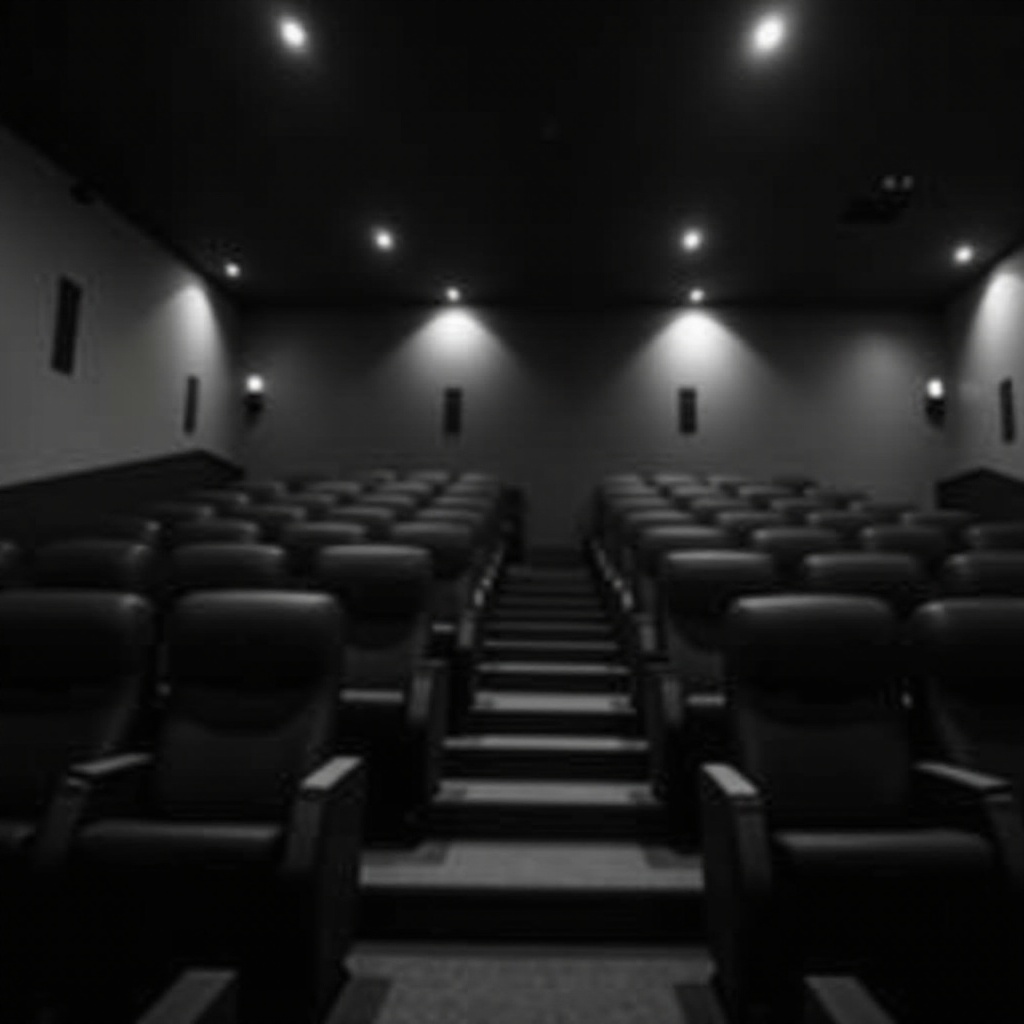Introduction
When you step into a movie theater, you might not be thinking about surveillance. However, it’s an important issue to consider. If you’re wondering whether movie theaters have cameras, the answer isn’t straightforward. Surveillance cameras in theaters have been a topic of debate involving legal, ethical, and practical considerations. This article will provide you with a comprehensive understanding of the presence and role of cameras in movie theaters, shedding light on legal aspects, technological details, privacy concerns, and FAQ.

The Legal Perspective
Federal Laws
The installation of surveillance cameras in movie theaters involves strict adherence to federal laws. In the United States, while no specific federal law mandates movie theaters to have cameras, their use must comply with broader laws related to privacy and surveillance. For example, the Fourth Amendment protects against unreasonable searches and seizures, ensuring that these cameras do not infringe on personal privacy. In commercial settings like theaters, it’s crucial to balance security needs with patrons’ privacy rights.
State-Specific Regulations
State laws add another layer of complexity. Different states have varying regulations concerning surveillance. Some states require explicit consent or clear signage to inform customers about the presence of cameras. For example, California’s privacy laws are stringent and may necessitate visible notices if surveillance is being conducted. Movie theaters must, therefore, ensure they follow not just federal guidelines but also state-specific regulations to avoid legal repercussions.
Movie Theater Policies and Privacy
Individual theater chains often develop their own policies regarding surveillance. These policies vary widely depending on the company and location. Generally, theaters implement camera systems to prevent illegal activities and ensure patron safety, but they must also consider customer privacy. Policies typically include the placement of cameras in common areas like lobbies and hallways rather than screening rooms to respect privacy.

Reasons for Installing Cameras
Preventing Piracy
One of the primary reasons for installing cameras in movie theaters is to prevent piracy. Illegally recording and distributing movies can lead to significant financial losses. Surveillance cameras can deter individuals from recording films with hidden devices. The mere presence of these cameras acts as a preventive measure, making potential pirates think twice before attempting to capture footage illegally.
Ensuring Customer Safety
Surveillance cameras play a crucial role in maintaining a safe environment within theaters. They help monitor foot traffic, prevent theft, and tackle any disruptive behavior promptly. In emergencies, cameras provide real-time footage that can be crucial for security personnel and law enforcement to respond effectively. For example, in the unfortunate event of an altercation, cameras can help identify the involved parties and resolve the situation quickly.
Operational Efficiency and Accountability
Cameras support operational efficiency by monitoring employee conduct and ensuring adherence to company policies. For instance, cameras can verify that employees complete their duties, such as ticket checks and concession sales, properly. This surveillance helps in maintaining high service standards and accountability. Additionally, reviewing recorded footage can provide insights for improving theater operations and enhancing overall customer experience.
Technological Aspects of Surveillance Cameras
Types of Cameras Used
Movie theaters typically use different types of cameras depending on the area being monitored. Some of the common types include:
- Dome Cameras: Ideal for wide coverage and often placed in lobbies and hallways.
- Bullet Cameras: These are more noticeable and can be used for entrance and exit surveillance.
- PTZ Cameras: Pan-Tilt-Zoom cameras are versatile and can be adjusted remotely to focus on specific areas as needed.
Features and Capabilities
Modern surveillance cameras come equipped with various features to enhance functionality:
- High Definition (HD) Resolution: Ensures clear, detailed images.
- Infrared (IR) Night Vision: Provides visibility in low-light conditions, crucial for monitoring during movie screenings.
- Motion Detection: Alerts security personnel to any unusual activity.
- Remote Access: Allows management to view live or recorded footage from remote locations via internet-connected devices.
Advances in Camera Technology
Technological advances continually shape the surveillance industry. Innovations like Artificial Intelligence (AI) and machine learning enable cameras to identify suspicious behaviors automatically. Cameras now can integrate with facial recognition software, adding an extra layer of security by identifying known offenders. Additionally, cloud-based storage solutions make it easier to store, access, and manage large volumes of footage.
Ethical and Privacy Implications
Balancing Security and Privacy
The use of surveillance cameras in theaters raises essential questions about the balance between ensuring security and respecting patrons’ privacy. While the primary objective is to deter illegal activities and enhance safety, it’s vital that theaters do not overstep boundaries. Respecting customer privacy involves placing cameras in non-intrusive areas and avoiding recording sensitive activities.
Ethical Concerns and Audience Reactions
Ethical concerns arise when surveillance feels too intrusive. Patrons may feel uncomfortable knowing their actions are being monitored, potentially leading to negative reactions. Transparency about why and how surveillance will be conducted can mitigate such concerns. A well-communicated policy helps in garnering public trust and acceptance.
Transparency and Disclosure Practices
Theaters should adopt clear disclosure practices by informing patrons about surveillance cameras through visible signs and notifications. Providing detailed information on how footage will be used and secured can help alleviate privacy concerns. Posting privacy policies on websites and distributing them at ticket counters ensures customers are aware of the measures in place.
Conclusion
Surveillance cameras in movie theaters bring a host of issues encompassing legal, technological, ethical, and privacy concerns. While they help in preventing piracy, ensuring customer safety, and improving operations, they must be used responsibly. Balancing security needs with privacy rights, transparent policies, and adhering to legal requirements are essential to maintaining public trust. Understanding the multifaceted role of cameras can help patrons feel more informed and comfortable during their moviegoing experience.
Frequently Asked Questions
Are movie theaters required to inform audiences about cameras?
Yes, movie theaters are generally required to inform their audiences about the presence of surveillance cameras. This is often achieved through visible signage within the premises, which notifies patrons that the area is under surveillance. Legal requirements can vary by jurisdiction, but transparency helps build trust and compliance with privacy laws.
How effective are cameras at preventing piracy in theaters?
Cameras can be quite effective at deterring piracy. The presence of surveillance can act as a psychological deterrent, making potential pirates think twice before attempting to illegally record a movie. However, while cameras can reduce incidents, they may not completely eliminate piracy. Continuous monitoring and employing other anti-piracy measures further support these efforts.
Can movie theater cameras capture audio?
Typically, surveillance cameras in movie theaters are focused on video monitoring and do not capture audio. Audio surveillance laws are more restrictive, often requiring explicit consent. In most cases, video recording without audio is sufficient to monitor activities and ensure safety without infringing further on privacy rights.